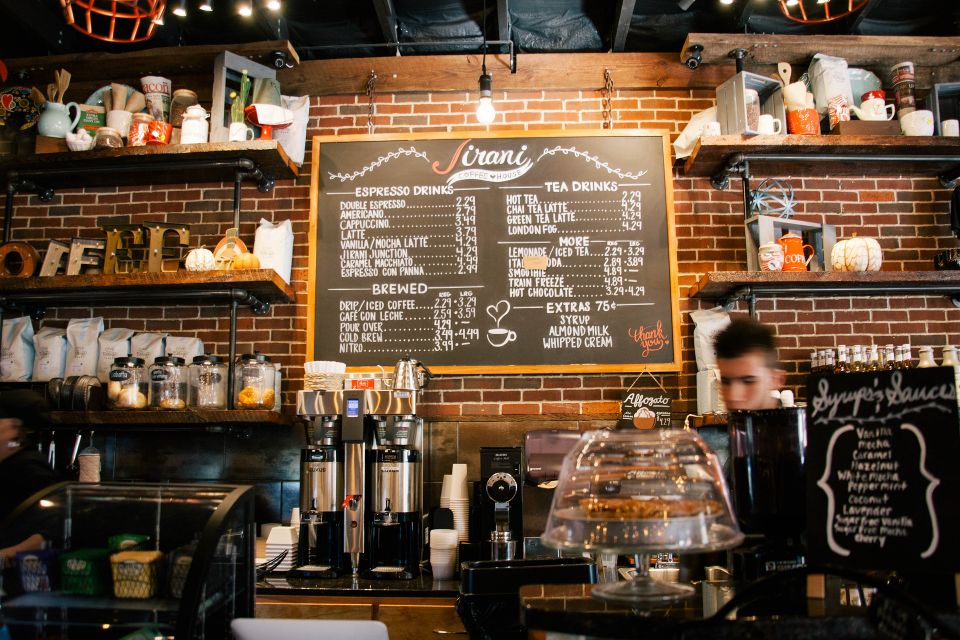1. Why is a well-designed Home Page important for my business?
The Home Page is the first impression visitors have of your business. It should be visually appealing, easy to navigate, and informative to engage visitors and encourage them to explore further.
2. What should I include in my About Us page?
Your About Us page should include your business's history, team introductions, values, philosophy, and any awards or recognitions. This helps build trust and connect with your audience.
3. How can I make my Menu page more effective?
Organize your menu into clear sections, provide detailed descriptions and prices, highlight dietary information, and include high-quality photos of your dishes. This helps customers make informed choices and entices them to visit.
4. What are the benefits of having a blog on my website?
A blog helps engage your audience, showcase your expertise, and improve your site's SEO. Regular, informative, and engaging posts can attract more visitors and keep them coming back.
5. How can I encourage online reservations?
Integrate a user-friendly online booking system on your Reservations page, provide clear contact details, offer options for special requests, and send automated confirmations and reminders.
6. What information should I include on my Contact Us page?
Include your phone number, email address, physical address, a map with directions, a contact form, business hours, and social media handles to make it easy for customers to reach you.
7. How can customer reviews and testimonials benefit my business?
Positive reviews and testimonials build credibility and trust. Displaying them on your website can influence potential customers and show the quality of your offerings and service.
8. What types of content should I include in my blog?
Mix it up with recipes, cooking tips, industry trends, behind-the-scenes stories, and seasonal content. Use engaging titles, multimedia, and SEO optimization to attract and retain readers.
9. How can I leverage social media on my website?
Include social media links on the bottom of your Home Page, and encourage visitors to follow you. Share engaging content, promotions, and updates regularly to build a community around your brand.
10. Why is seasonal content important?
Seasonal content keeps your website relevant and timely. Addressing seasonal trends and special occasions can attract more visitors and encourage repeat visits.
11. What are some examples of diverse content types I can use?
Consider using eBooks, videos, infographics, and user-generated content. These varied formats can keep your audience engaged and help establish your authority in the industry.
12. How can I build connections within the local community?
Collaborate with local businesses, participate in or host local events, and invite local influencers for guest posts. Sharing positive testimonials from local customers can also enhance your reputation and visibility.
